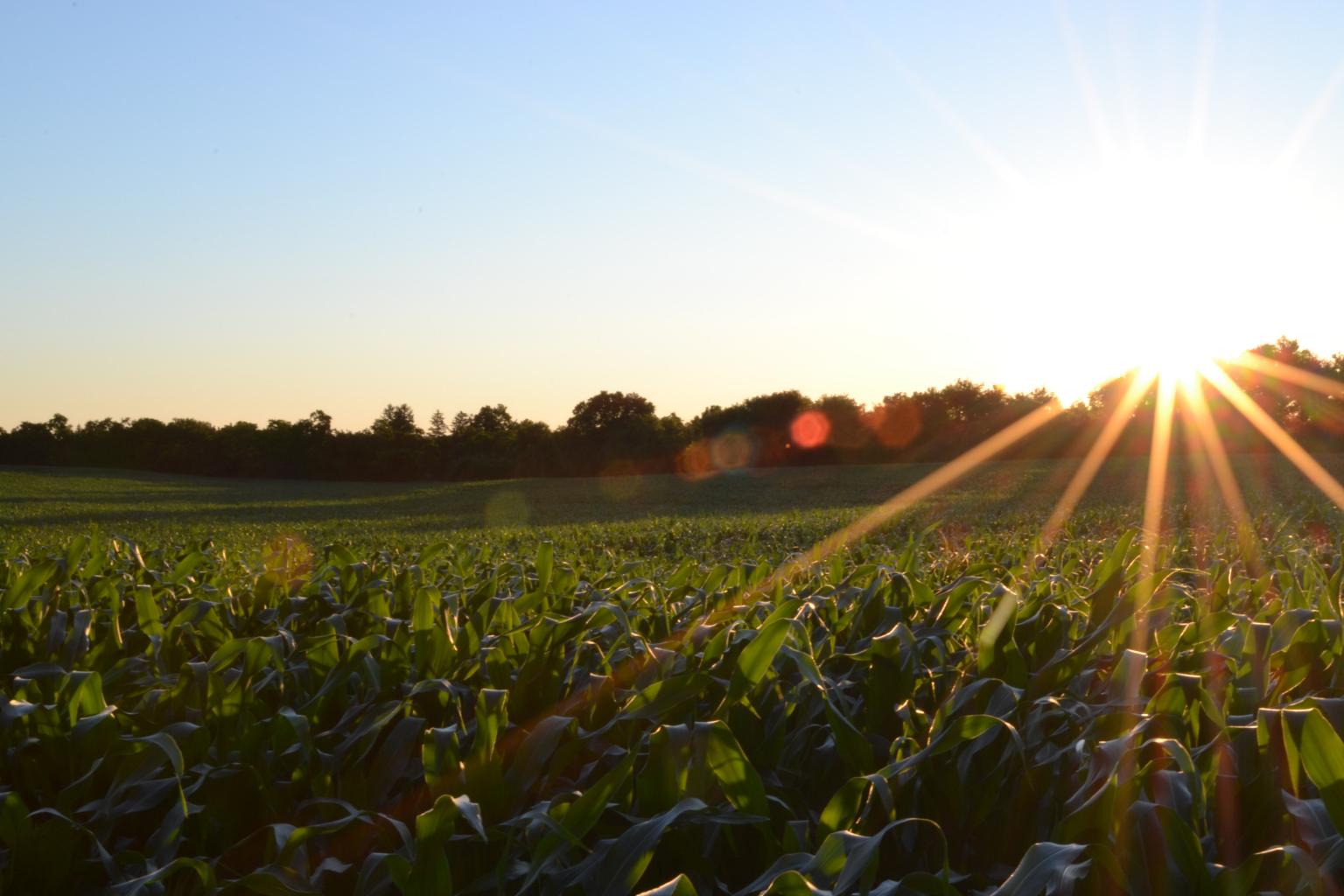
By 2050, the world population is expected to reach a booming 9.8 billion according to UN Population Division and with this comes the fundamental issue of feeding our ever-growing population.
Will people choose to turn away from massive super farms for a more back-to-basics approach of agriculture? Or will we see more super farms utilising autonomous machineries? In this article, we will take a look at two of the different predictions about the future of farming.
What is permaculture?
Permaculture refers to a type of agriculture that is respectful of the planet but also future generations. Similar to organic farming, permaculture allows for nature to grow at its own pace, in collaboration with insects, animals and humans. Aiming to adopt a gardening approach to farming, permaculture utilises renewable energy infrastructures, a zero-waste policy and a community back-to-basic approach. In fact, more and more people are now turning to allotments or even their gardens to grow their own fruits and vegetables with the use of a polytunnel like these (especially in colder, wetter regions/countries), organic fertiliser, homemade compost, rain collection and more, permaculture adepts are ultimately aiming to be self-reliant.
Permaculture farming could really be the only sustainable way of growing food with the hope to end pollution and reduce energy consumption. However, there is little study and research about implementing permaculture on a large scale, in fact many believe this farming approach is naïve and ineffective. Many wonder if it’s even possible to feed larger populations utilising permaculture as it all depends on local climate and soil and will involve more labour and knowledge instead of relying on technology and machinery.
The industrial option: Agriculture 4.0
At the other end of the scale, most farming companies are now turning towards more digitised and connected agricultural practises. Feeding 9 billion people is a real challenge and the solution could be in the digitisation of farming. With the introduction of new machines and tools such as connected tractors, drones or automation, farming is expected to see an increase in productivity and therefore a decrease in workforce. With more precise data on the current soil quality or the climate and, in time, better monitoring of crops.
Connectivity is at the centre of Agriculture 4.0 with the rise of Precision Farming. PF is a new way of farming designed to provide more targeted and precise field management with seeds, fertilisers and pesticides being used more efficiently on heterogeneous zone instead of relying on luck. This method uses data and is a great way to reduce costs and help the environment.
However, one of the main obstacles for many farms is the lack of a decent internet connection, with an internet coverage of rural areas in Europe at around 40%. A broadband connection is essential to ensure the use of data and monitoring. In addition, there is a real challenge for farmers to modernise their practises and machinery with a workforce that is ageing, making it harder to learn new processes.
With the ever-growing population, it has become more urgent for the agricultural industry to find a sustainable, efficient way to feed the world. However, it is still unclear if we are aiming towards a return to basics or a complete digitisation and robotic way of farming.






















